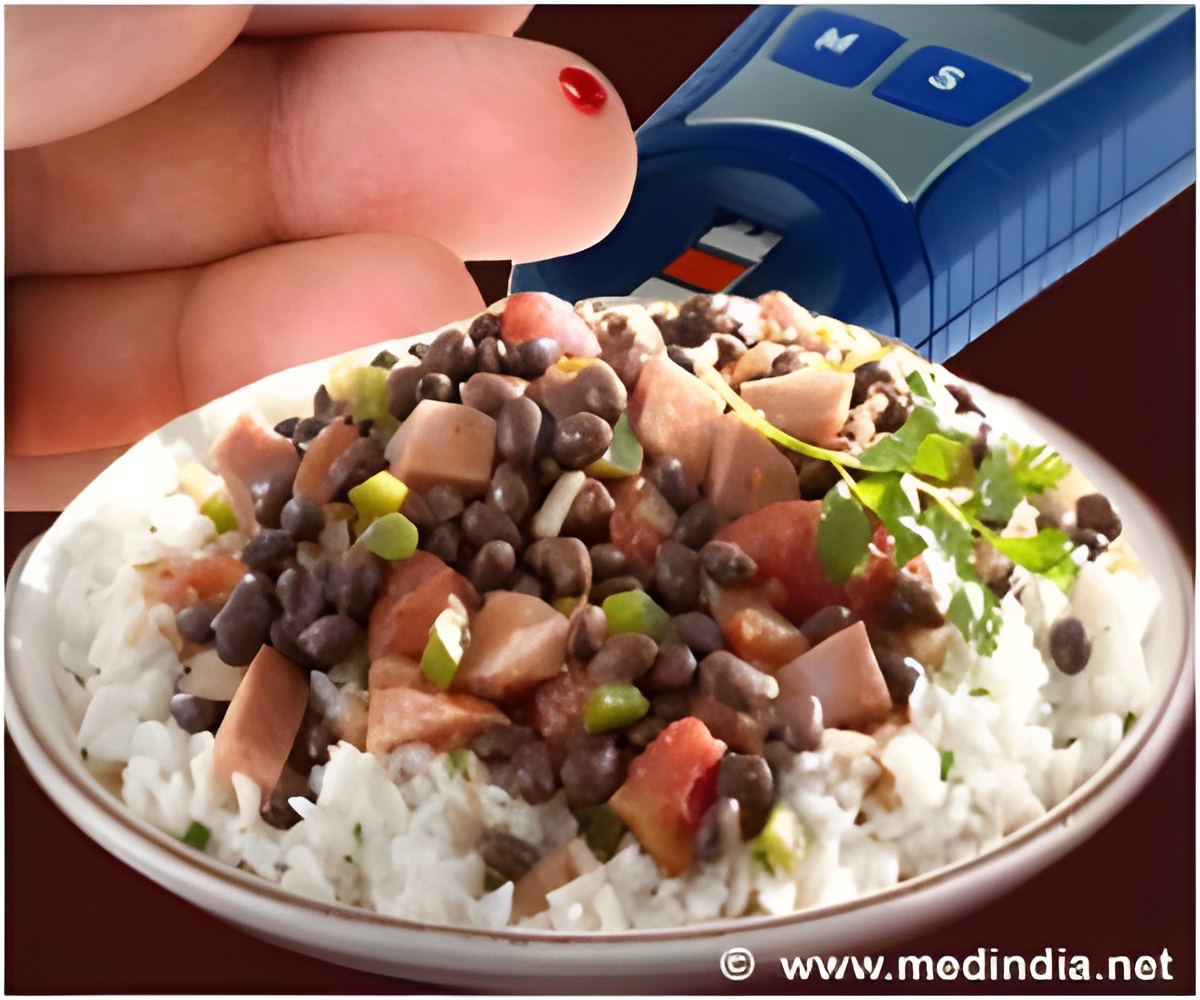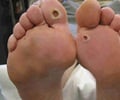
Author: Anita P. Courcoulas, M.D., M.P.H., of the University of Pittsburgh Medical Center, and colleagues.
Background: Questions remain unanswered about the role of bariatric surgery in the treatment of T2DM, including the safety, efficacy and economic impact. Answers could come in a large, multicenter randomized clinical trial (RCT), but such a trial would be costly and potentially difficult to execute.
How the Study Was Conducted: The authors report the results of an RCT examining the feasibility of a larger study and comparing the effectiveness of two types of bariatric surgery Roux-en-Y gastric bypass (RYGB) and laparoscopic adjustable gastric banding (LAGB) and an intensive lifestyle weight-loss intervention in adults with a BMI of 30 to 40 and T2DM. While 667 adults were assessed for eligibility, the trial included 69 participants (24 assigned to receive RYGB, 22 to LAGB and 23 to the lifestyle intervention).
Results: Patients who had RYGB had the greatest weight change (-27 percent) compared with LAGB and the lifestyle intervention (-17.3 percent and -10.2 percent, respectively). No participants in the lifestyle intervention achieved partial or complete remission of T2DM at 12 months; 50 percent of the patients in the RYGB group had partial remission and 17 percent achieved complete remission, compared with the LAGB group where 27 percent of patients had partial T2DM remission and 23 percent had complete remission.
Discussion: "This study highlights several potential challenges to successfully completing a larger RCT for treatment of T2DM and obesity in patients with a BMI of 30 to 40, including the difficulties associated with recruiting and randomizing patients to surgical vs. nonsurgical interventions."(JAMA Surgery. Published online June 4, 2014. doi:10.1001/jamasurg.2014.467. Available pre-embargo to the media at http://media.jamanetwork.com.)
Advertisement
Roux-en-Y Gastric Bypass Means Greater Weight Loss, Other Improvements in Obese Patients
Advertisement
Author: Florencia Halperin, M.D., of the Brigham and Women's Hospital, Boston, and colleagues
Background: Data support bariatric surgery as a therapeutic strategy to manage T2DM.
How the Study Was Conducted: Authors tested the feasibility of conducting a larger trial to determine the long-term effect of RYGB compared with intensive medical/weight management in obese patients (body mass index 30 to 42) with T2DM. The trial analyzed data from 38 participants (19 in the RYGB group and 19 in the medical/weight management intervention).
Results: At one year, more patients in the RYGB group than the medical/weight management group (58 percent vs. 16 percent, respectively) achieved HbA 1c below 6.5 percent and fasting glucose below 126 mg/dL. Other outcomes, including HbA 1c , weight, waist circumference, fat mass, lean mass, blood pressure and triglyceride levels, decreased more and high-density lipoprotein cholesterol increased more after RYGB than the nonsurgical intervention.
Discussion: "These differences may help inform therapeutic decisions for diabetes and weight loss strategies in obese patients with type 2 diabetes until larger randomized trials are performed." (JAMA Surgery. Published online June 4, 2014. doi:10.1001/jamasurg.2014.514. Available pre-embargo to the media at http://media.jamanetwork.com.)
Editor's Note: Authors made conflict of interest disclosures. This work was supported by grants from the National Institute of Diabetes and Digestive and Kidney Diseases and other sources. Please see the article for additional information, including other authors, author contributions and affiliations, financial disclosures, funding and support, etc.
Source-Eurekalert














